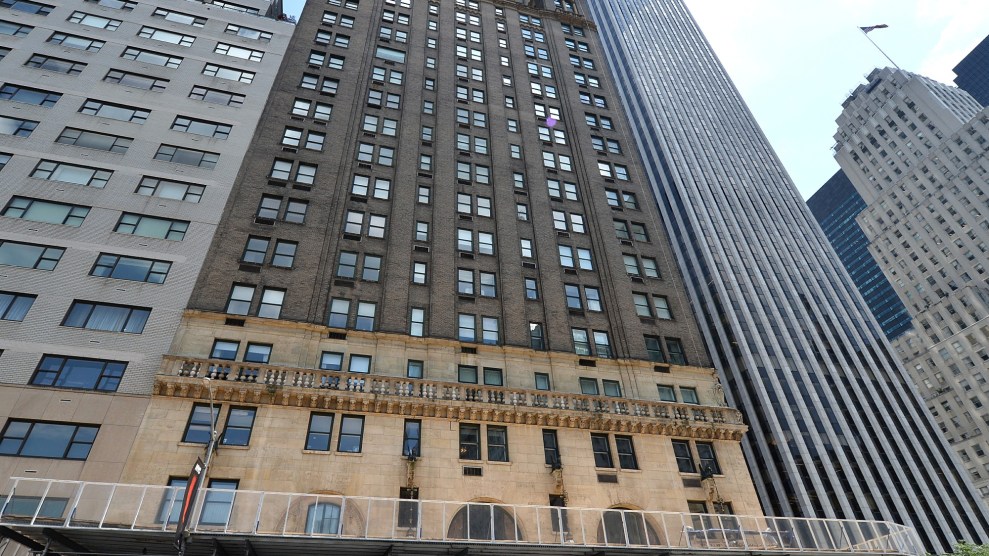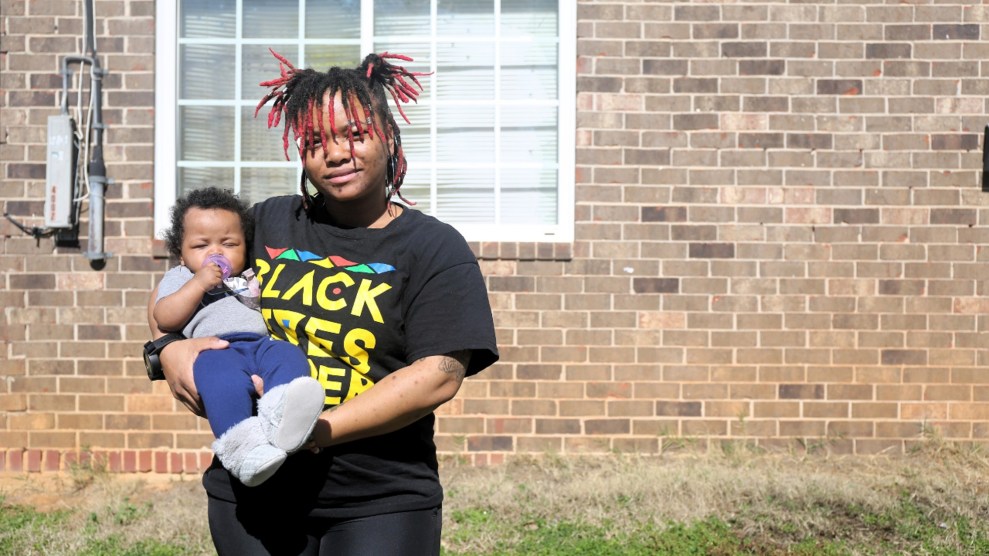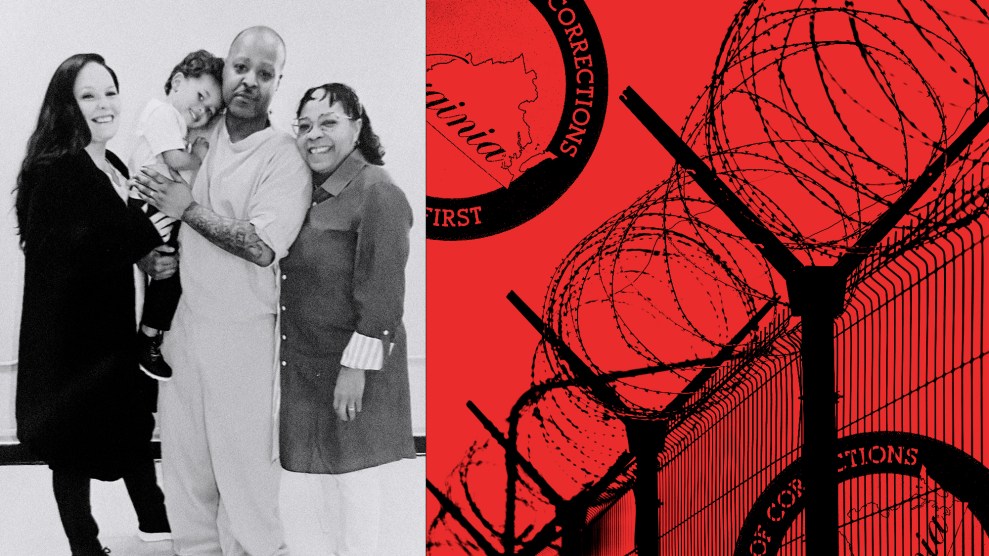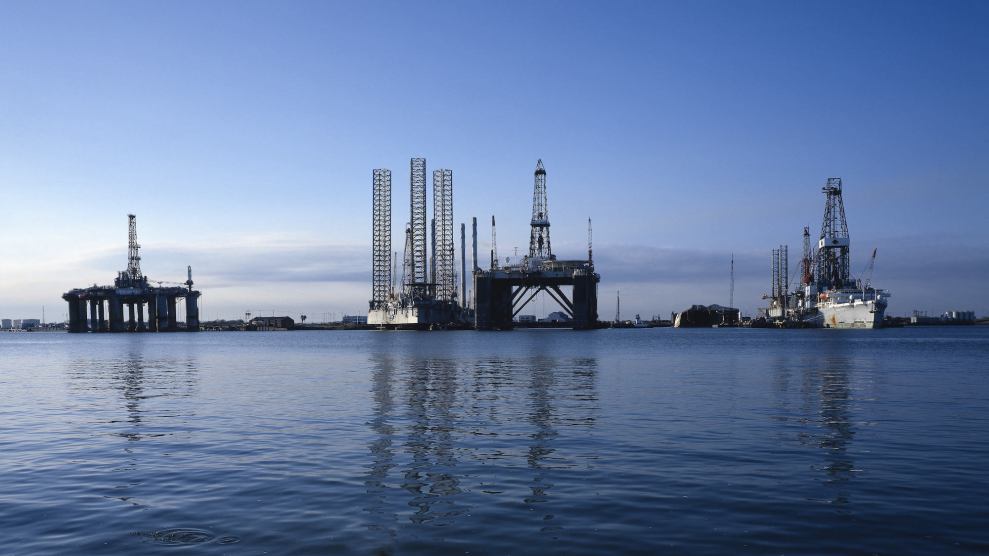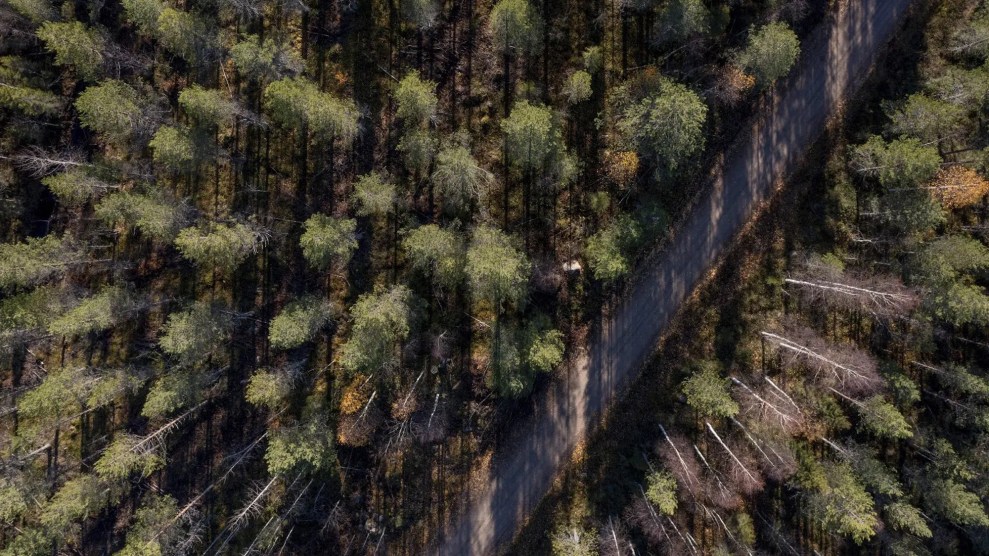Just as we learn that 2006 was the warmest on record in the U.S., a study published in today’s Nature shows that storing nuclear waste over the tens of thousands, let alone hundreds of thousands, of years will be difficult because the storage containers are transformed by the radiation. Scientists from Cambridge University found that one of the ceramiclike materials favored by engineers, zirconium silicate, turned to glass in just 1,400 years.
Because many radioactive substances continue emitting radiation for a very long time, the containment must persist for an awesome duration. Plutonium-239, one of the most deadly by-products of nuclear power, has a half-life of 24,000 years, meaning that only half of any initial batch has decayed over this time. Ideally it should stay put for about ten times as long: a quarter of a million years.
So nuclear is still a big problem for a lot of reasons, and not the no-brainer fix some would hope. Odds are, the solution will come in smaller packages cobbled inventively together. NewScientist reports
that a researcher at the Lund Institute of Technology in Sweden has been testing a satnav system programmed to work out the most efficient and least polluting route to drive.
[Eva] Ericsson and her colleagues report that the average fuel saving on the 22 streets was 8.2 per cent compared with journeys planned by other methods… None of the streets was particularly congested, however, and Ericsson estimates that savings on most journeys would be closer to 4 per cent.
Many Alaskans would welcome even the immediate 4 percent savings. Patricia Cochran, director of the Alaska Native Science Commission, and chairwoman of the Inuit Circumpolar Council, reports to the BBC how native communities above the Arctic Circle are struggling to adapt.
With thinner sea ice arriving later and leaving earlier in the year, coastal communities are experiencing more intensified storms with larger waves than they have ever experienced. This threat is being compounded by the loss of permafrost which has kept river banks from eroding too quickly. The waves are larger because there is no sea ice to diminish their intensity, slamming against the west and northern shores of Alaska, causing severe storm driven coastal erosion. It has become so serious that several coastal villages are now actively trying to figure out where to move entire communities. While the world’s politicians and media focus their attention on the big picture of agreeing the best way to curb global climate change, we are left to pick up the pieces from wasted years of inaction. The cost to move one small village of 300 people ranges from $130m (£66m) to a high of $200m (£102m), even if the distance is a few miles, because moving means reconstructing entire water, electrical, road, airport and/or barge landing infrastructure, as well as schools and clinics.
